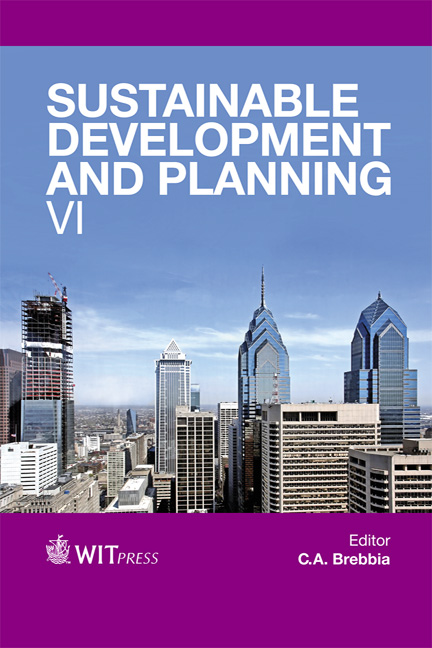Cultural Heritage Tourism Research: A Sustainable Community-based Design Project For The San Antonio Mission Historic District
Price
Free (open access)
Transaction
Volume
173
Pages
12
Page Range
219 - 230
Published
2013
Size
118 kb
Paper DOI
10.2495/SDP130181
Copyright
WIT Press
Author(s)
S. Doganer
Abstract
This paper discusses how to provide maximum efficiency in the economical, historical, social, and cultural dimensions of tourism with sustainable development practices in order to support heritage tourism of the San Antonio Missions and development in South San Antonio.
The Missions of San Antonio are on the US “tentative list” to be advanced as possible UNESCO World Heritage Sites. The area designated as the Mission Historic District, located along the San Antonio River in the south section of the city, originally attracted both prehistoric Indian and historic Spanish and Anglo populations because of the prevalence of unique natural resources. The historic San Antonio River has long served as the heart of the city. Each year the worldrenowned River Walk draws millions of visitors, yet miles of urban river with untapped potential lie beyond downtown and the famed Paseo del Rio. A comprehensive, multi-year project is underway to restore and enhance 13 miles of the San Antonio River both north and south of downtown. A multi-phase project to develop the full potential of the San Antonio River is focusing on improving two sections of the river -Museum and Mission Reaches- that pose different challenges. The Mission Reach segment overlays with the research area of this paper, and provides a strong connection between the area and downtown. Mission Portals will connect San Antonio’s four historic missions – Mission Concepcion, Mission San Jose, Mission San Juan and Mission Espada – to the San Antonio River.
This research investigates and analyzes the potential of the San Antonio Mission Historic District towards community-based cultural heritage tourism. The connections of Missions to the river will feature historic and artistic interpretations of the story of the missions and highlight their social and cultural importance to the area. This will reinforce the importance of the river to the missions and encourage visitors to circulate between the Mission Reach and the river. Accelerating tourism in Mission Historic District will be a considerable economic and social benefit through the workforce, income and infrastructure developments. This research provides a legacy of positive development within the Mission Historic District, especially as the San Antonio moves towards World Heritage designation. This paper will also promote cultural and environmental sustainability at the local or neighborhood level while giving tourists an option to experience the cultural heritage of the region.
Keywords
cultural heritage tourism, sustainability, community-based design





